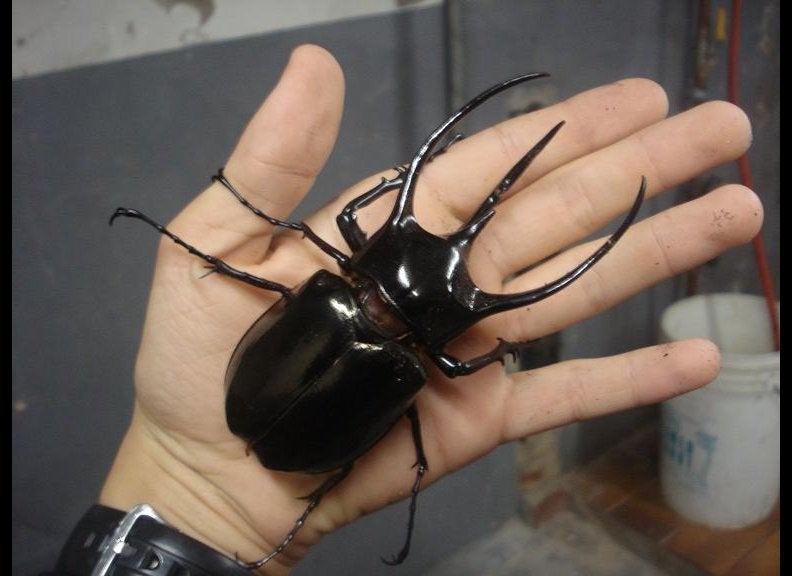Watch a kangaroo in the Australian outback, and you’ll notice something strange—when they walk, they have five “legs.” As they graze on grasses and shrubs, they place their tails on the ground in time with their front legs, forming a tripodlike arrangement that supports their body while they bring their hind legs forward. Now, a study has shown that kangaroo tails are much more than just a passive crutch; they also play an active role in powering the animals’ unique, five-limbed walk.
This unusual style of movement—called pentapedal, or “five-footed,” locomotion—has long attracted scientific interest. Kangaroo tails have more than 20 highly articulated vertebrae, whereas their legs have only a few long bones. Given these dissimilarities, researchers have traditionally assumed that the tail’s only role in pentapedal locomotion was to provide support for body weight, like a crutch, explains paper author Max Donelan, a biomedical engineer at Simon Fraser University in Burnaby, Canada. “No one knew how much body weight support it provided, nor had anyone hypothesized about propulsion and power.”
Recently, however, studies have indicated that there might be more to kangaroo tails than meets the eye. They have larger muscles than the forelimbs, along with a greater density of mitochondria—the cellular components which convert nutrients into energy—suggesting they might be capable of doing quite a bit of work. Such discoveries raised the question as to whether kangaroo tails might be playing an active role in walking.
To investigate further, Donelan and his colleagues filmed five red kangaroos (Macropus rufus) strolling along a walkway in their laboratory. The ceiling of the walkway was hung at a height that prevented the animals from hopping, but did not interfere with their walk. By combining their video recordings with force measurements taken from a specialized plate installed in the floor, the researchers were able to assess the individual forces exerted by the animals’ forelimbs, hindlimbs, and tail.
“We found that when kangaroos are walking pentapedally—which they spend more time doing than hopping—they use their tail just like a leg,” reports Donelan, explaining that the tail seems to not only support but also propel and power the kangaroos’ walk. The tail is very capable in this leglike role: While contributing little braking force, the tails provided more forward-moving force than both the animals’ forelimbs and hindlimbs combined, the team reports online today in Biology Letters. Evolutionarily, adding tails to their gait may have freed up kangaroos to reduce the size and weight of their forelimbs, Donelan and his colleagues suggest. That could have made the species’ famous bounding hops more efficient, helping them reach speeds of up to 60 kilometers per hour.
“This neat study provides, at last, definitive evidence of the use of the tail during pentapedal locomotion in large kangaroos,” says Natalie Warburton, a marsupial anatomy expert at Murdoch University in Perth, Australia, who was not involved in the research. A kangaroo tail, she says, is “truly a fifth limb.”
“This paper shows that tails are much more interesting” than we thought, adds Daniel Schmitt, a vertebrate locomotion expert at Duke University in Durham, North Carolina, who was also not involved in this study. “The surprising reality” when it comes to kangaroos and many other species, “is that we don't often known what tails are used for.”
This story has been provided by AAAS, the non-profit science society, and its international journal, Science.
